Posts
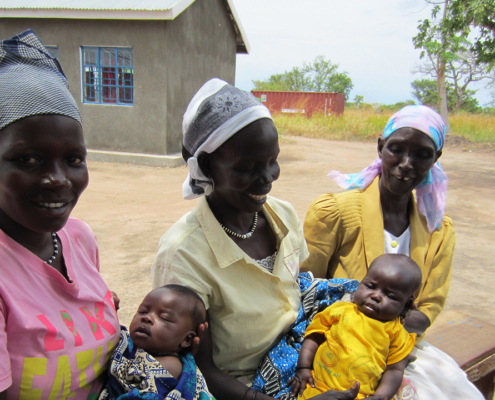 Catharine McKaig/Jhpiego/Flickr
Catharine McKaig/Jhpiego/FlickrNew Social Norms Taxonomy to Address Family Planning Challenges in East Africa
Breakthrough ACTION, BlogThis blog post introduces a new social norms taxonomy that can help family planning (FP) practitioners in East Africa develop better FP programs.
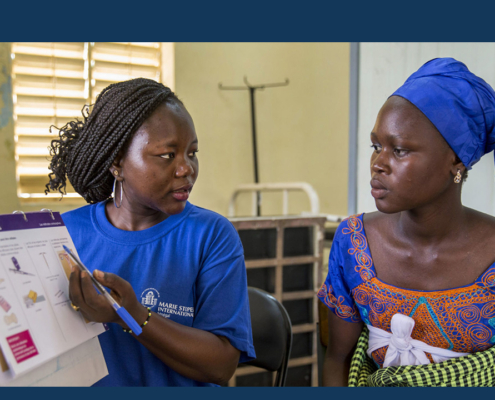 Jonathan Torgovnik/Getty Images/Images of Empowerment
Jonathan Torgovnik/Getty Images/Images of EmpowermentAligning Measures of Social and Behavior Change for Family Planning
Breakthrough RESEARCH, Breakthrough ACTION, BlogThis blog post shows why social and behavior change practitioners need to go beyond output-level indicators and introduces resources on measuring outcomes.
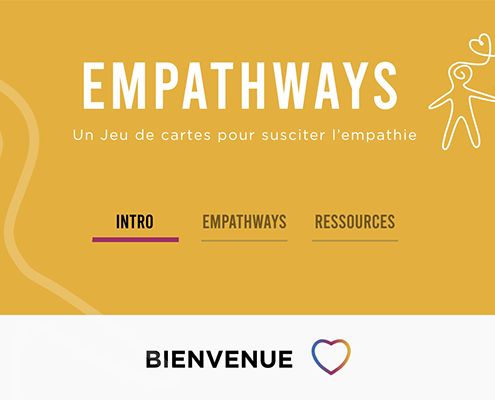 https://breakthroughactionandresearch.org/wp-content/uploads/2021/09/Empathways-Home-FR-600-400.png
400
600
Marcela
https://breakthroughactionandresearch.org/wp-content/uploads/2018/03/BA-logo-for-email-signature.jpg
Marcela2021-09-30 17:24:012024-03-29 09:38:48Empathways en français
https://breakthroughactionandresearch.org/wp-content/uploads/2021/09/Empathways-Home-FR-600-400.png
400
600
Marcela
https://breakthroughactionandresearch.org/wp-content/uploads/2018/03/BA-logo-for-email-signature.jpg
Marcela2021-09-30 17:24:012024-03-29 09:38:48Empathways en français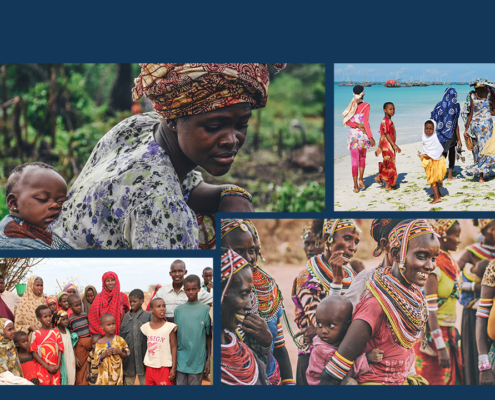
Learning the Art and Science of Audience Segmentation
Breakthrough ACTION, BlogA Breakthrough ACTION e-course teaches health and social behavior change professionals how to use audience segmentation to improve program outcomes.
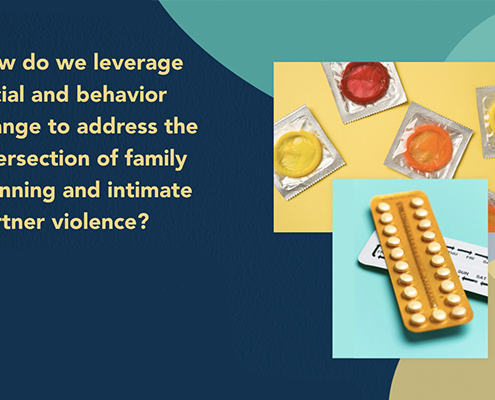
Seeking Breakthroughs in SBC at the Intersection of Family Planning and Intimate Partner Violence
This interactive page has resources for social and behavior change practitioners working at the intersection of family planning and intimate partner violence.
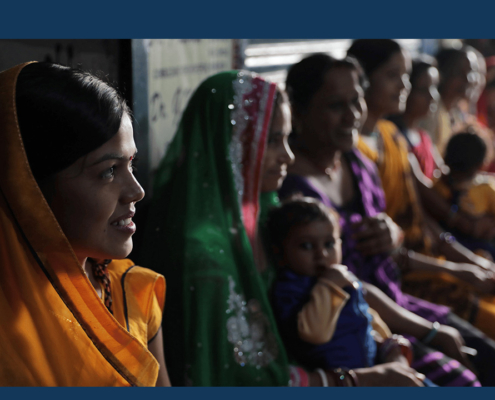
Announcing the Winners of the 10 Lives, 10 Stories, One Message Competition
Blog, Breakthrough ACTIONBreakthrough ACTION announces the winners of a competition designed to elevate stories documenting the power of social and behavior change to improve health.

Adapter les techniques innovantes pour le CSC en PF/SR : ressources de Transform/PHARE
Breakthrough ACTION, BlogLe projet Transform/PHARE a développé des approches innovantes pour optimiser la programmation du changement de comportement en matière de santé en PF.

Adapting innovative techniques for SBC in FP/RH: Resources from Transform/PHARE
Breakthrough ACTION, BlogThis blog post summarizes social and behavior change resources created by the USAID-funded Transform/PHARE project, available on the Compass.
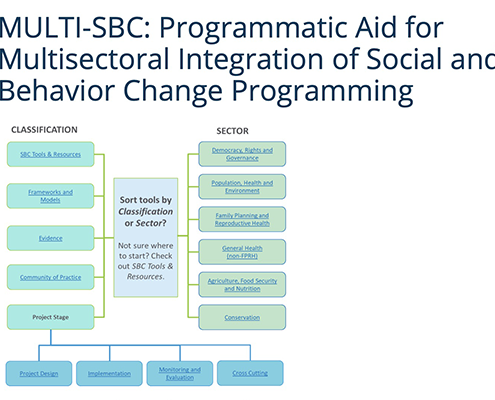
MULTI-SBC: Programmatic Aid for Multisectoral Integration of Social and Behavior Change Programming
Breakthrough ACTIONA Compass web page has tools family planning social and behavior change practitioners can use to help them integrate their programs with new sectors.
Pages
 Catharine McKaig/Jhpiego/Flickr
Catharine McKaig/Jhpiego/FlickrNew Social Norms Taxonomy to Address Family Planning Challenges in East Africa
Breakthrough ACTION, BlogThis blog post introduces a new social norms taxonomy that can help family planning (FP) practitioners in East Africa develop better FP programs.
 Jonathan Torgovnik/Getty Images/Images of Empowerment
Jonathan Torgovnik/Getty Images/Images of EmpowermentAligning Measures of Social and Behavior Change for Family Planning
Breakthrough RESEARCH, Breakthrough ACTION, BlogThis blog post shows why social and behavior change practitioners need to go beyond output-level indicators and introduces resources on measuring outcomes.
 https://breakthroughactionandresearch.org/wp-content/uploads/2021/09/Empathways-Home-FR-600-400.png
400
600
Marcela
https://breakthroughactionandresearch.org/wp-content/uploads/2018/03/BA-logo-for-email-signature.jpg
Marcela2021-09-30 17:24:012024-03-29 09:38:48Empathways en français
https://breakthroughactionandresearch.org/wp-content/uploads/2021/09/Empathways-Home-FR-600-400.png
400
600
Marcela
https://breakthroughactionandresearch.org/wp-content/uploads/2018/03/BA-logo-for-email-signature.jpg
Marcela2021-09-30 17:24:012024-03-29 09:38:48Empathways en français
Learning the Art and Science of Audience Segmentation
Breakthrough ACTION, BlogA Breakthrough ACTION e-course teaches health and social behavior change professionals how to use audience segmentation to improve program outcomes.

Seeking Breakthroughs in SBC at the Intersection of Family Planning and Intimate Partner Violence
This interactive page has resources for social and behavior change practitioners working at the intersection of family planning and intimate partner violence.

Announcing the Winners of the 10 Lives, 10 Stories, One Message Competition
Blog, Breakthrough ACTIONBreakthrough ACTION announces the winners of a competition designed to elevate stories documenting the power of social and behavior change to improve health.

Adapter les techniques innovantes pour le CSC en PF/SR : ressources de Transform/PHARE
Breakthrough ACTION, BlogLe projet Transform/PHARE a développé des approches innovantes pour optimiser la programmation du changement de comportement en matière de santé en PF.

Adapting innovative techniques for SBC in FP/RH: Resources from Transform/PHARE
Breakthrough ACTION, BlogThis blog post summarizes social and behavior change resources created by the USAID-funded Transform/PHARE project, available on the Compass.

MULTI-SBC: Programmatic Aid for Multisectoral Integration of Social and Behavior Change Programming
Breakthrough ACTIONA Compass web page has tools family planning social and behavior change practitioners can use to help them integrate their programs with new sectors.

